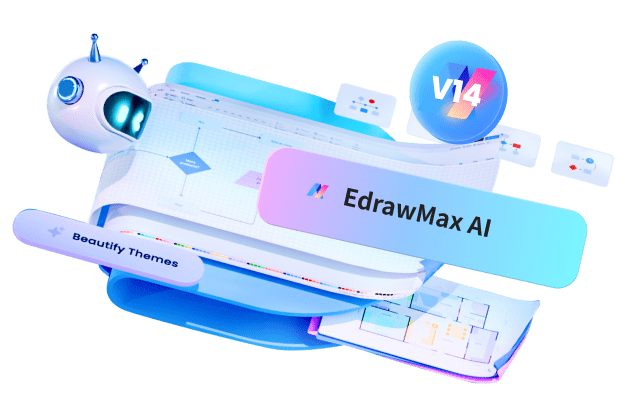The National Institute of Standards and Technology (NIST) plays a critical role in developing standards and guidelines for effective information security in the United States. The NIST Risk Management Framework, outlined in publication 800-37, provides organizations with a disciplined and structured process for managing information security risks.
This article will provide an overview of NIST, explain the key components of the NIST Risk Management Framework, and discuss best practices for implementing it.
Part 1: What is NIST?

NIST is a non-regulatory federal agency operating under the Department of Commerce. NIST's mission is to promote innovation and industrial competitiveness by advancing measurement science, standards, and technology.
When it comes to information security, NIST develops standards, guidelines, and resources to help organizations manage their cybersecurity risks. This includes the NIST Cybersecurity Framework and the suite of Special Publication 800 documents which outline recommended security controls and best practices.
Part 2: Key Components of NIST Risk Management Framework
The NIST Risk Management Framework outlined in SP 800-37 establishes a life cycle approach to managing organizational risk. It is composed of four main components:
- Categorize - Categorize the system and the information it processes based on impact analysis. This determines the security controls baseline.
- Select - Select the appropriate security controls for the system based on risk assessment. Controls can be tailored as needed.
- Implement - Implement the controls and document how they are employed. Policies, procedures, and security plans help define control implementation.
- Assess - Assess the effectiveness of control implementation via security assessments and monitoring. Identify risk response actions as needed.
- Authorize - Authorize the system for operation based on the results of the assessment. Acceptance of risk is based on management review.
The process is continuous, with near real-time risk monitoring, ongoing assessments, and frequent system authorizations. The goal is to adapt security controls dynamically based on the risk landscape.
Part 3: Difference Between NIST Risk Management Framework 800-37 and 800-53
NIST SP 800-37 outlines the overall process for risk management while NIST SP 800-53 provides specific guidelines on security controls. 800-37 establishes the framework steps of categorizing, selecting, implementing, assessing, and authorizing.
800-53 is focused on recommendations for security controls selection and specification during the "select" component of the framework. It provides a catalog of controls as well as guidance on control selection, implementation, and assessment.
Part 4: Best Practices for Implementing NIST Risk Management Framework
Some best practices for implementing the NIST RMF include:
- Obtain leadership buy-in - Management must support and resource the RMF process.
- Integrate with enterprise risk management - Align with overall organizational risk management.
- Leverage automation - Automate repetitive tasks for efficiency.
- Focus on continuous monitoring - Maintain near real-time risk awareness.
- Update frequently - Review controls and assess risks frequently, at least annually.
- Document thoroughly - Maintain comprehensive documentation for each step.
- Tailor control selection - Right-size by tailoring control selection to your specific risks.
- Validate controls - Emphasize control validation via assessment and testing.
- Leverage external standards - Incorporate relevant guidance from ISO, COBIT, and others.
- Foster a risk-aware culture - Promote organizational awareness of security and risk.
Part 5: Creating a Risk Management Diagram Using EdrawMax
EdrawMax is a versatile diagramming and visualization software that can help create professional-quality risk management diagrams to understand interconnections and communicate key ideas.
Some key features of EdrawMax that make it useful for risk management visuals include:
- Large collection of diagram types - Supports flowcharts, mind maps, org charts, network diagrams, and more.
- Risk management templates - Provides templates for risk analysis, risk treatment, and other diagrams.
- Drag-and-drop functionality - Easy to drag and drop shapes and symbols to create diagrams.
- Auto-alignment and formatting - Diagrams are neatly organized and formatted.
- Customization and themes - Flexible customization of diagrams with different styles, colors, and themes.
- Collaboration tools - Enables team collaboration by sharing, commenting, and co-editing.
- Multiple export formats - Diagrams can be exported to Word, Excel, PowerPoint, and more.
Here are the steps to create a risk management diagram using EdrawMax:
Step 1:
Launch the EdrawMax software on your computer. Click on "New" to start a new project. In the template library, type "Risk Management" in the search bar. This will bring up various risk management templates you can choose from.
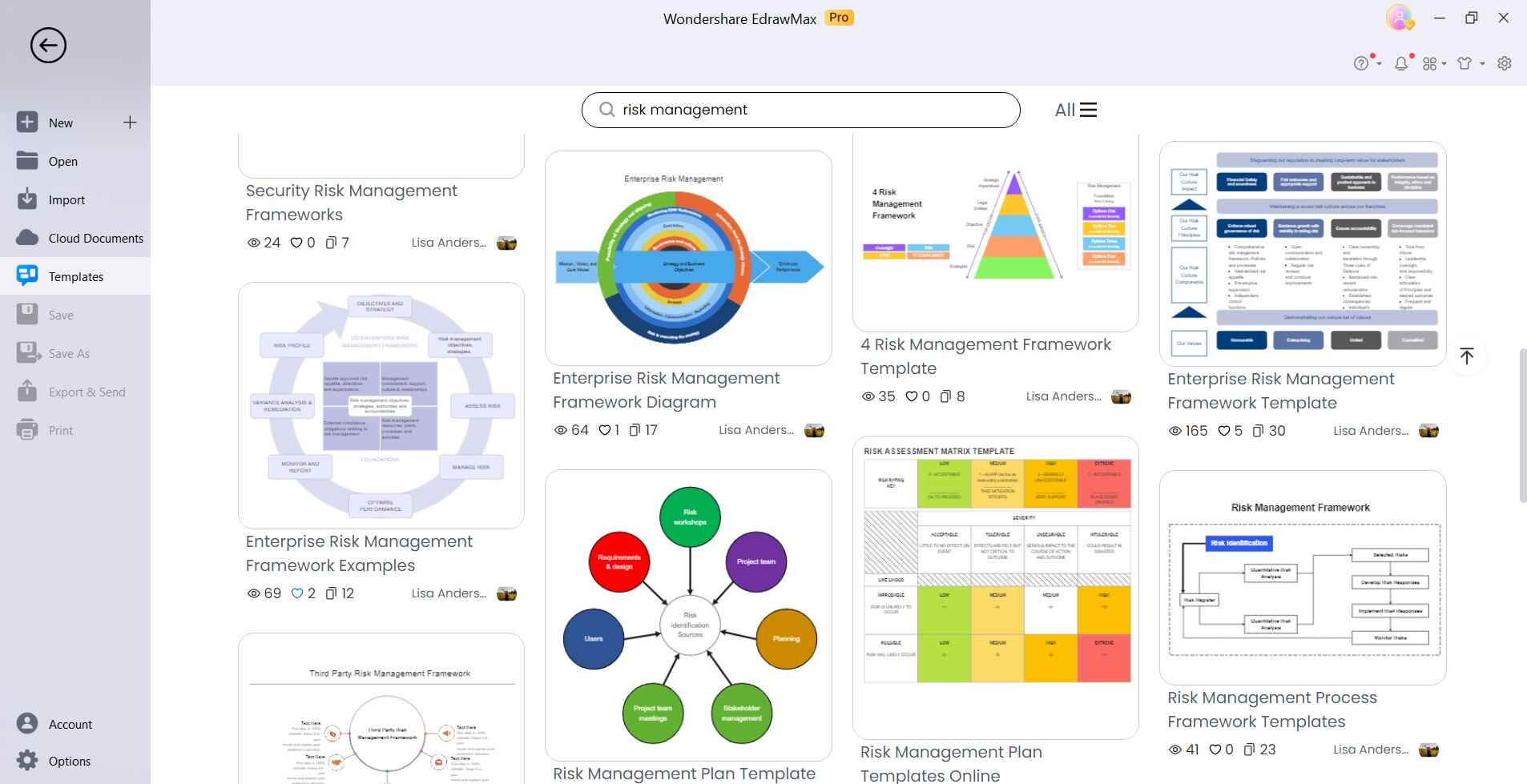
Step 2:
Once the template is open, you can start customizing it. You can add, delete, or modify shapes, text, and elements to fit your specific risk management scenario.
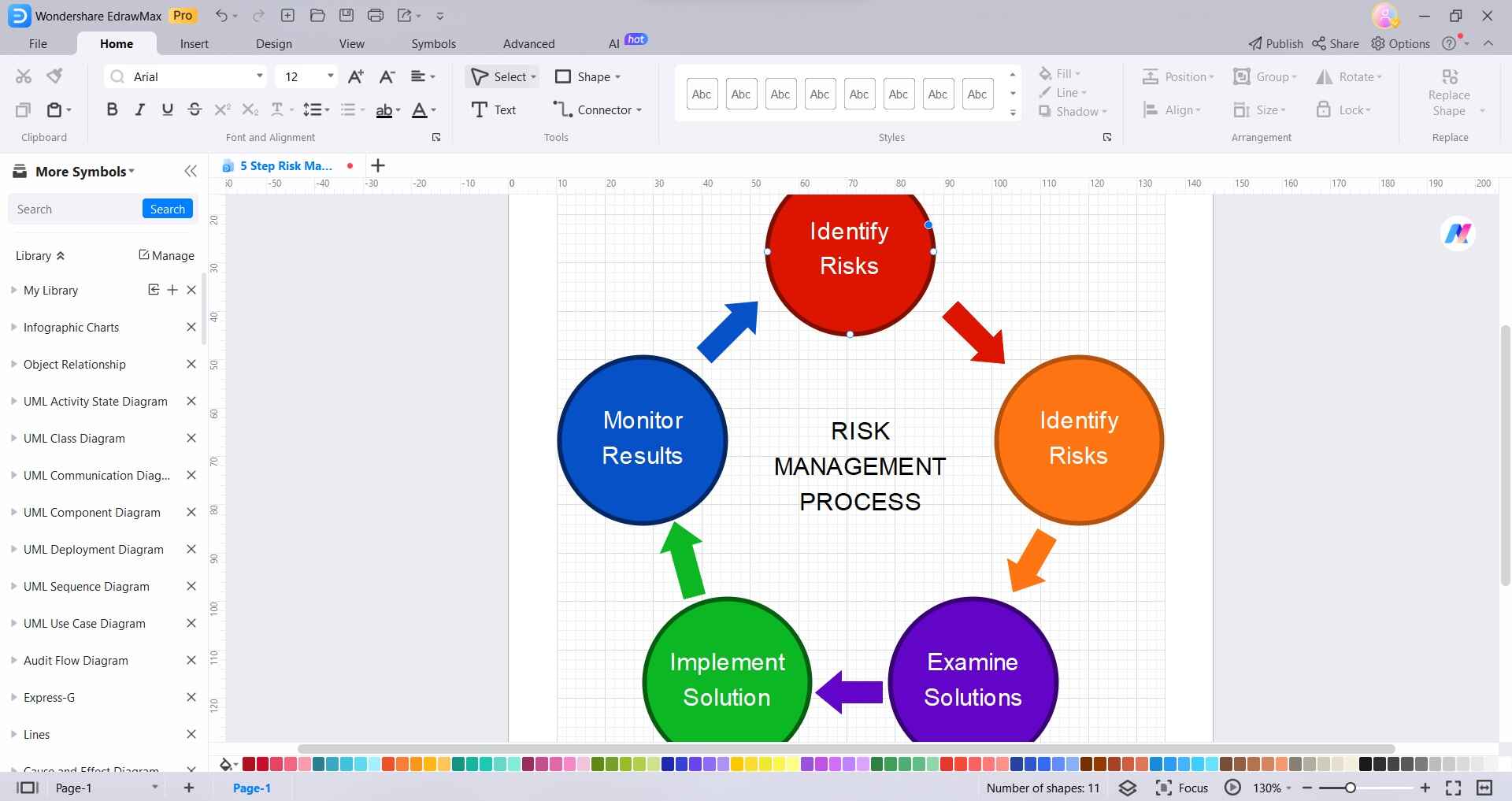
Step 3:
Add labels, text boxes, and descriptions to provide context and details for each element in your diagram. This helps in understanding the specifics of the risk management process.
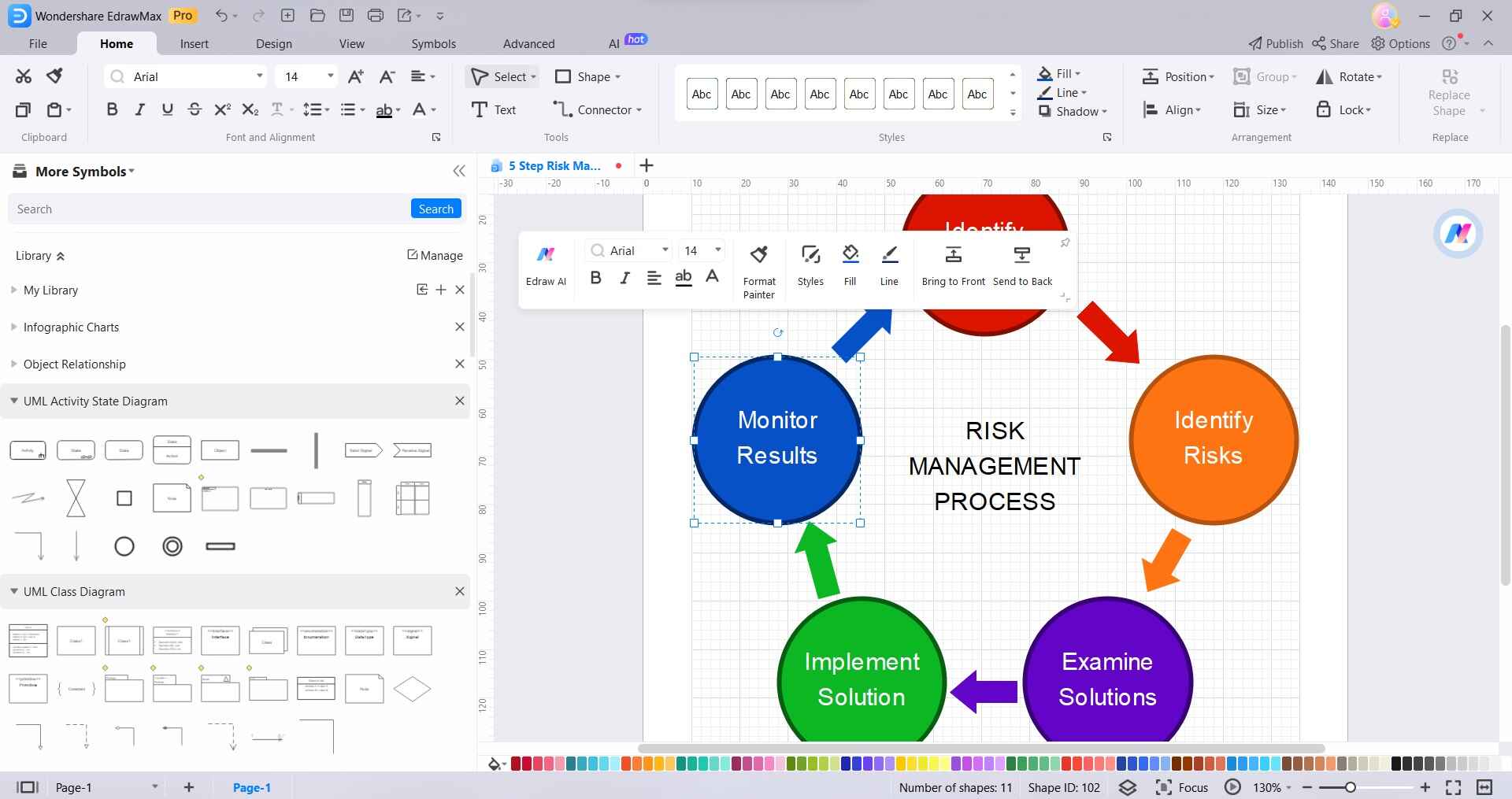
Step 4:
Customize the appearance of the diagram by changing colors, fonts, and styles to make it visually appealing and easy to understand.
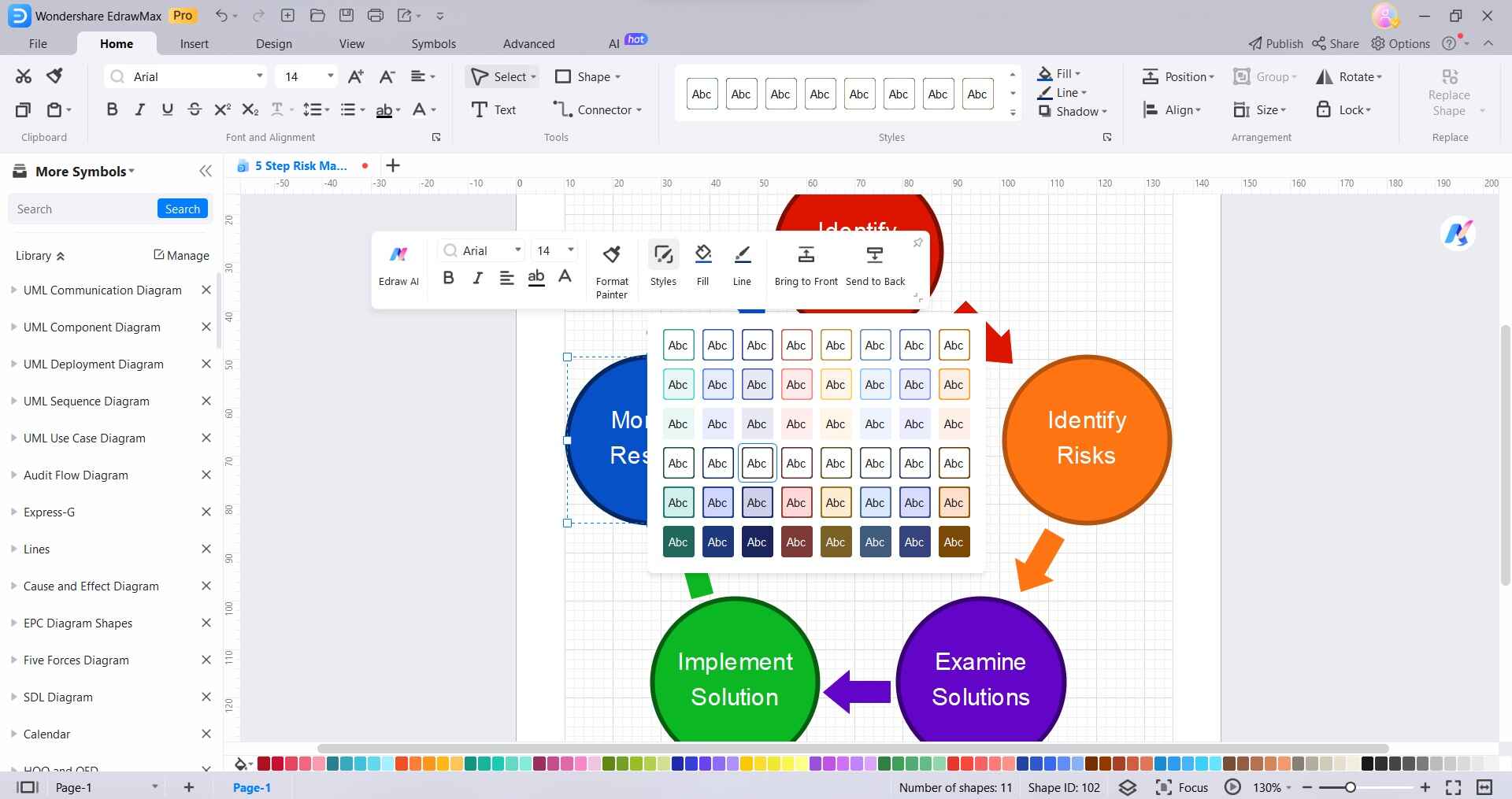
Step 5:
Once you're satisfied with your risk management diagram, save it to your computer. You can choose a location and file format that suits your preferences.
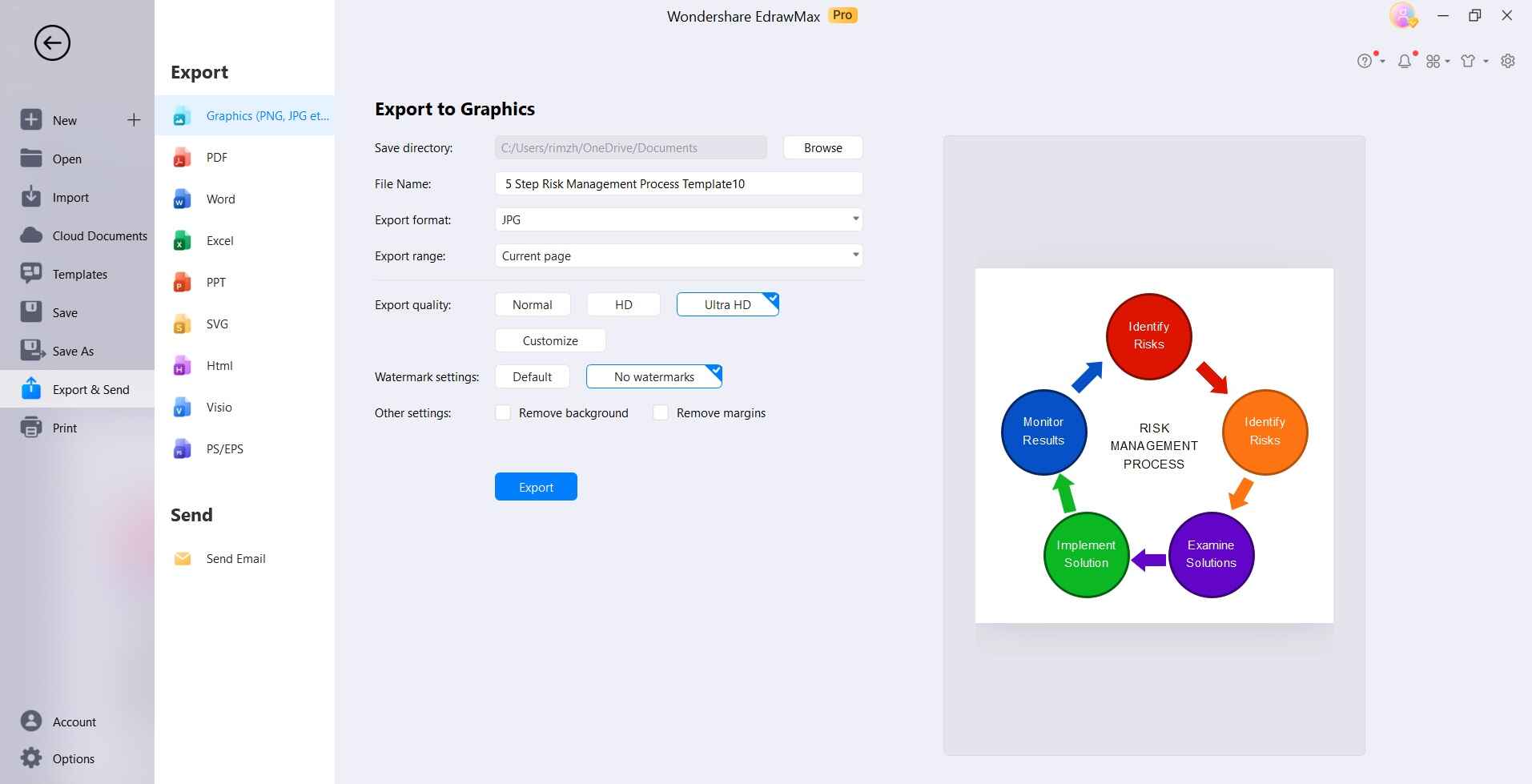
Using EdrawMax, risk managers can visualize risk frameworks, mitigation strategies, risk interconnections, and other important concepts when implementing a NIST Risk Management Framework. The graphics help tell a compelling risk story.
Conclusion
The NIST Risk Management Framework provides a methodical approach to managing organizational risks. Implemented properly, it enables adaptive security that responds to changing threats and vulnerabilities.
Organizations can leverage tools like EdrawMax to conceptualize and communicate risk frameworks effectively. Adopting the NIST guidelines is a strategic opportunity to elevate information security management and capabilities.

